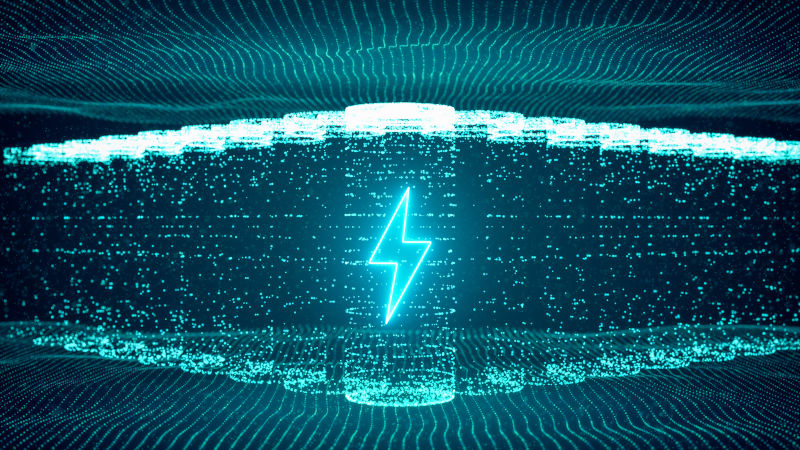Australia is now at a key point in our Defence major project acquisitions planning. We are looking at a very dodgy AUKUS scam which will be the driver of our largest ever Defence expenditure. Brian Toohey in this publication recently pointed out some of the serious problems of buying obsolete 2nd hand nuclear submarines from the US who cannot meet their own needs and buying nonexistent British AUKUS nuclear submarines delivered over budget and sometime in the distant future.
The British nuclear submarines will not appear until 2040s or more likely the 2050s. The British Defence industry is well known for late delivery and over budget defence projects. This will most likely will be demonstrated in the next few years with the nine new Australian Hunter Class BAE frigates.
Recently Australia sold to Germany 100 Boxer armoured vehicles to be made in Australia by a German company. This is an interesting precedent. We originally purchased about 20 German made Boxers “off the shelf” to quickly fill a capability gap and to train and familiarise Australian soldiers with the equipment. This enabled well informed Australian input into the Australian made Boxers. We now have a significant industry in light armoured vehicles which did not previously exist.
Right now the Australian submarine capability is in serious trouble. We are relying on six 30 year old Collins Class diesel electric submarines with lead acid batteries. There is a plan in Defence to do a mid life update on the Collins class which includes replacing the very old lead acid battery technology with similar old lead acid battery technology. It is difficult to get an accurate cost figure for the mid life update as this will depend on many variables, but an estimate of about $1B per submarine would not be unreasonable. Therefore, we are about to spend about $6B on 30 year diesel electric old submarines to refit them with old battery technology.
Previously I have written in this publication about buying and building Air Independent Propulsion (AIP) submarines to fill the submarine capability gap and build a sustainable battery industry in Australia.
Not a lot has changed from what I wrote in these two previous articles. Except we now are starting to see the real problems associated with AUKUS providing Australia with any viable submarine capability. If no US submarines are forthcoming we will be running 40-60 year old submarines designed in the 1980s by the time the British designed AUKUS submarines are operational in Australia.
We do not need to operate nuclear submarines in the South China Sea. However, we need a fleet of 10-20 modern conventional AIP submarines for Defence of Australia. Forward basing in Northern Australia of 10-20 AIP submarines will provide much better protection and coverage than 3-5 Nuclear submarines (Virginia Class $3B-$4B each) based in Stirling WA. New conventional AIP submarines are available at a much lower cost than nuclear submarines (German 212A ~$920m each or Sth Korean KS-III ~$1.3B each). Therefore, we could buy “off the shelf” from Germany or Sth Korea 4-6 modern AIP conventional submarines for about $6B to $8B. This purchase would be similar to the cost of the Collins mid life update with new AIP submarines operational as we phased out the Collins class submarines around 2030. If Australia went ahead and then built another 10-20 of these modern AIP submarines we would be looking at costs of around $30B. This is less than 10% of cost of AUKUS $350B+ and would provide many more jobs and industry development in Australia than AUKUS.
Using the German Boxer armoured vehicle “off the shelf” purchase and establishment of Australian manufacturing as a model, Australia could negotiate with Japanese, Germans or the Sth Koreans to establish maintenance and manufacturing facilities for this new generation of AIP submarines in Australia. Maintaining nuclear submarines in Australia will be very difficult and potentially hazardous, without even dealing with the massive risks and costs of the nuclear waste problem from handling and storing the worn out nuclear reactors and spent fuel rods.
Establishing a continuous improvement AIP submarine build program, producing a submarine every 1-2 years would enable Australia to develop “state of the art” submarines that meet our specific needs at much lower costs than buying overseas built nuclear submarines and reactors. Even if 2040-2050 AUKUS submarines were ever built it would still require Australia to buy from US/UK the nuclear reactor and fuel rods as a complete nuclear power pack and will not provide significant high tech opportunities for Australian industries.
Battery power is clearly a growing technology area and Australia has been bypassed by this industry, despite providing most of the raw materials for battery manufacture. We would have the chance to build a sustainable Australian battery industry driven by Defence needs for the most up to date battery technology. We would also be avoiding a massive nuclear waste storage and handling problem both during the life of the AUKUS submarines and much more seriously when decommissioning at the end of their life.
Terry O’Leary
Terry O’Leary worked at Garden Island Dockyard as Technical Officer Electronics & Communications in 1970s, then Hardware Engineer in IT industry and then Laboratory Manager. Served 6 years Army Reserve in 1970s & 1980s. Completed part time Applied Science Degree followed by Master of Applied Science.
Moved to Canberra in 1990 to work in Defence as an Analyst. Then worked as Senior Professional Officer for DSTO in Navy Office. Attended Joint Services Staff College and completed Master Degree at ADFA UNSW Campus in Management. Worked in Defence Project Managment and left Defence to teach at Canberra Institute of Technology till retirement.
